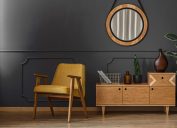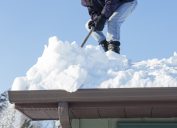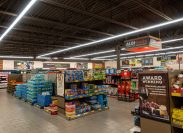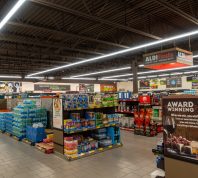25 Home Features Experts Say Have a Secret Purpose
Those siding holes, ceiling medallions, and window gaps are there for a reason.
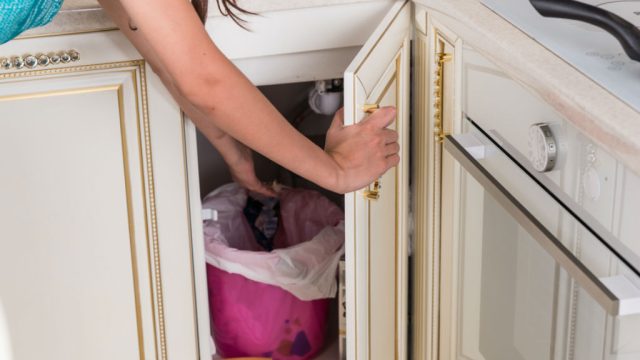
Of course you know that your home's front door serves as an entryway, the air conditioning system keeps the place cool, and those double-paned windows keep street noise to a peaceful minimum. However, your house has countless features that do things you probably never even knew about—and may even find surprising. From the secret benefit of dormer windows to the original reason for picture rails, here's a definitive list of just what the components of your home are really there for. And to make the most of any space, make sure you've considered these 20 Home Maintenance Tips Everyone Should Know.
1
Sink traps
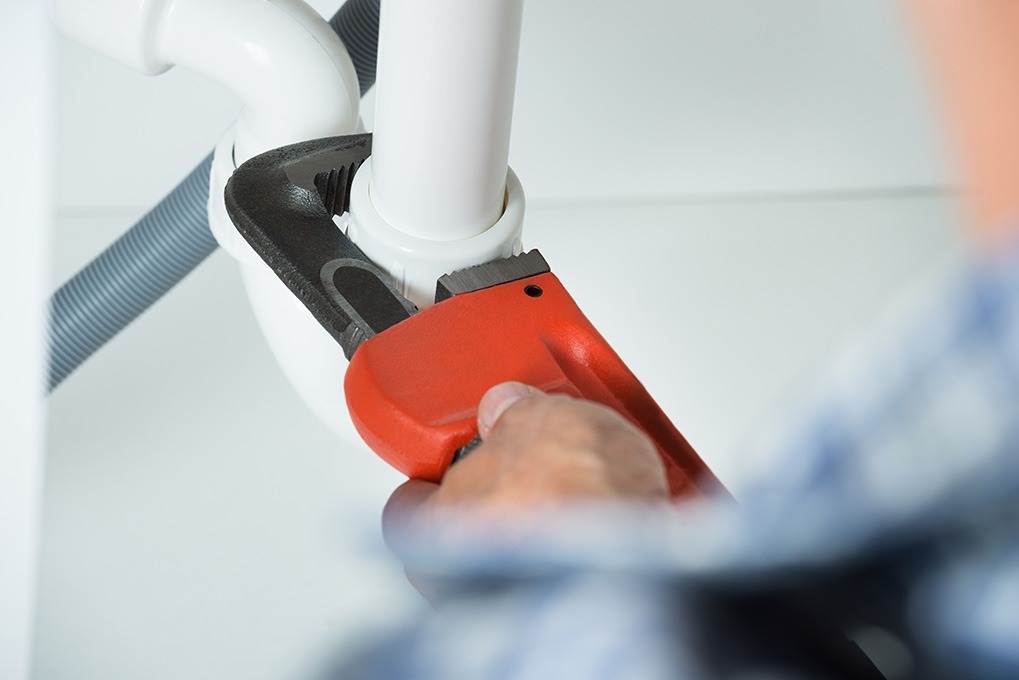
While that curved piece of pipe under your sink may catch items before they accidentally go down the drain, that's not really what it's there for.
"Its primary purpose is to store a small amount of water to seal and prevent the flow of noxious sewer gases from coming back into your home," says The Real Estate Solutions Guy, Robert Taylor.
2
Oven brackets
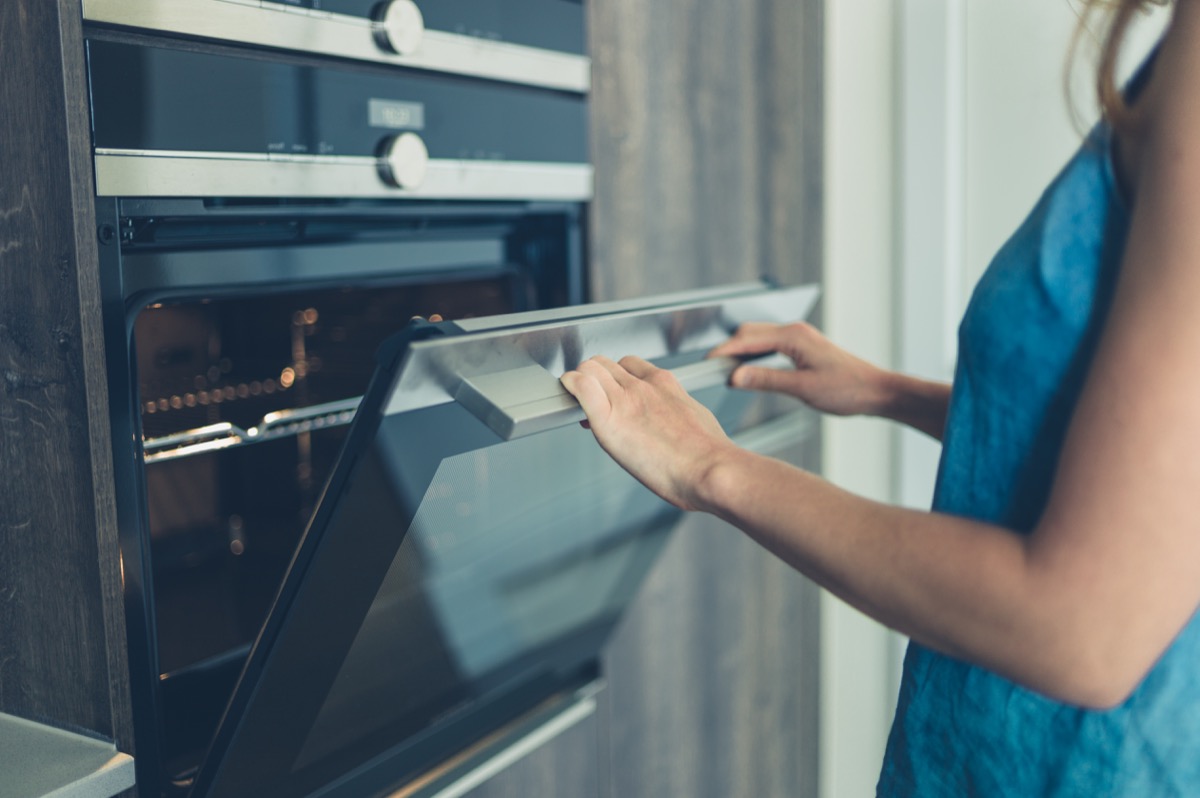
Those oven brackets aren't just there to position that appliance between your cabinets. Taylor says they're there "to keep it from tipping forward when you pull your 20-pound turkey out of the oven."
3
Dishwasher air gaps
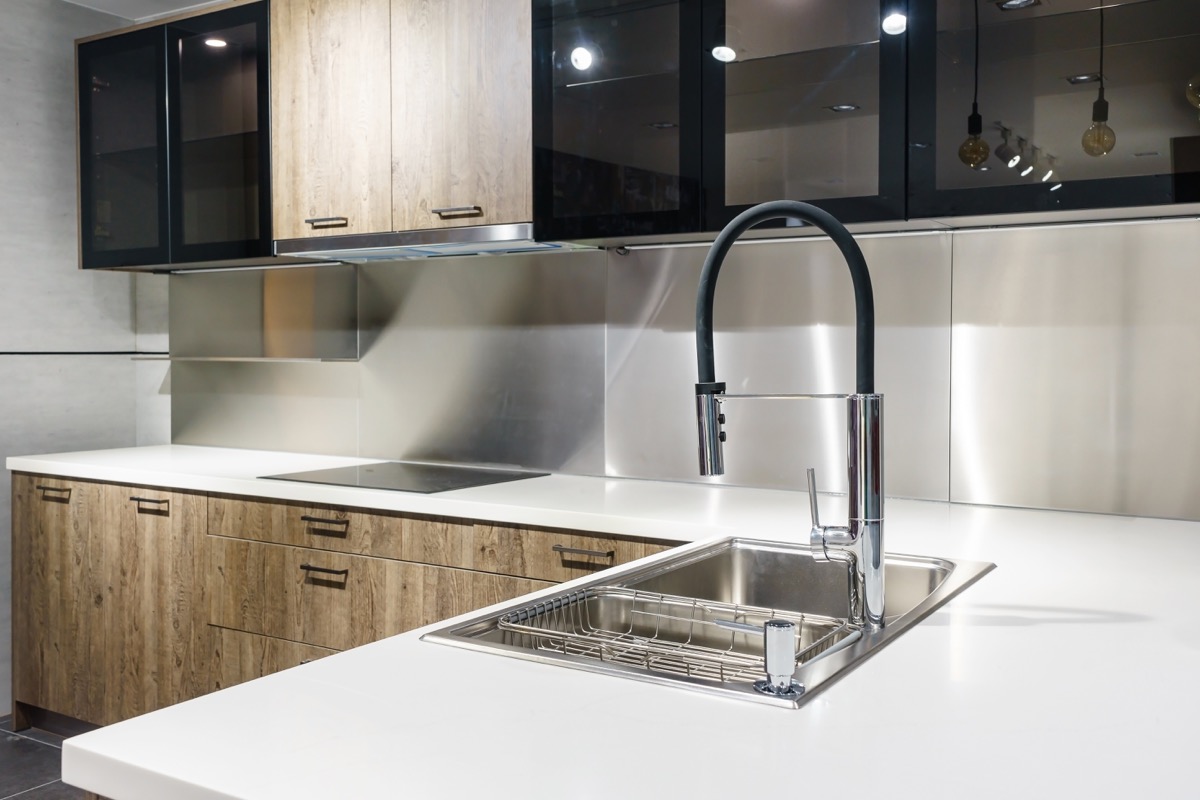
That cylindrical knob-like metal part next to your kitchen faucet serves a surprisingly important purpose. "It keeps dirty drain water from your sink from siphoning back into your dishwasher and contaminating your dishes," says Taylor.
4
20-amp receptacles
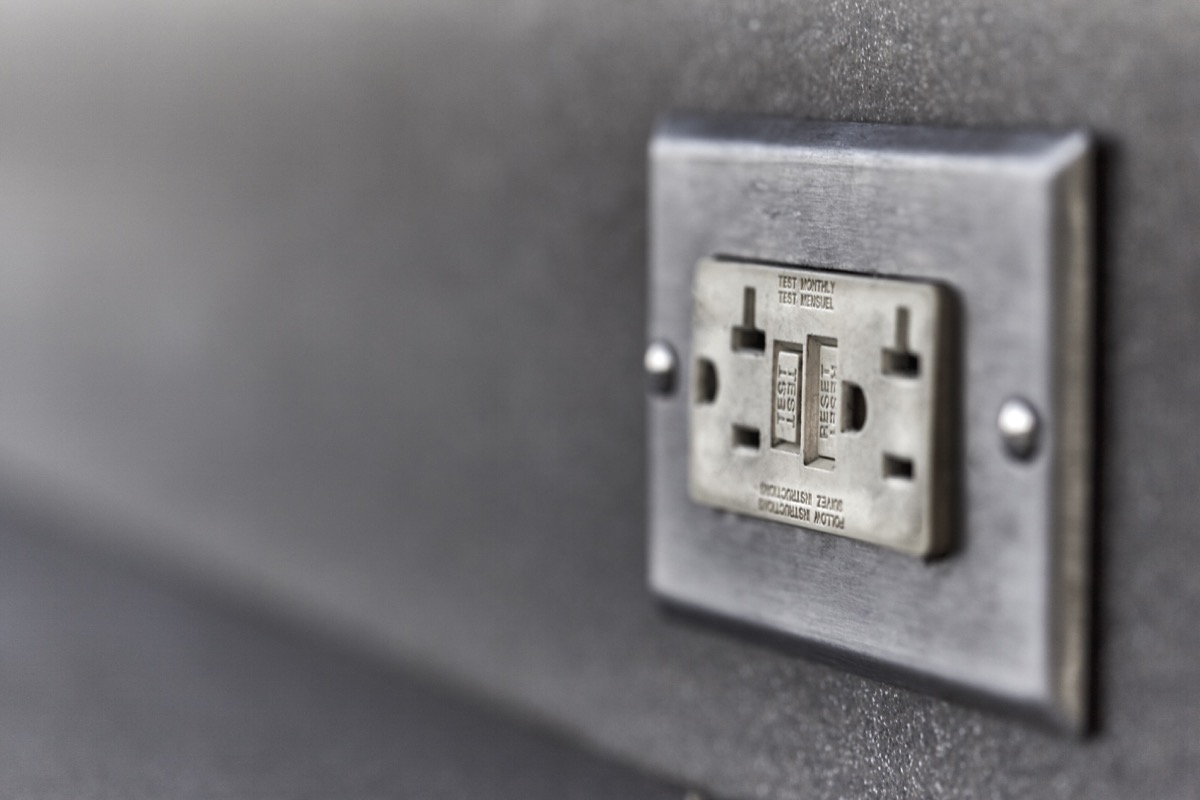
Don't go searching for any old plug that you think will fit in that T-shaped slot in your electrical outlet. Taylor says that it's actually there "to tell you that the receptacle is rated for 20 amps, a common requirement for kitchens and dining room electrical circuits."
5
Sewer cleanouts
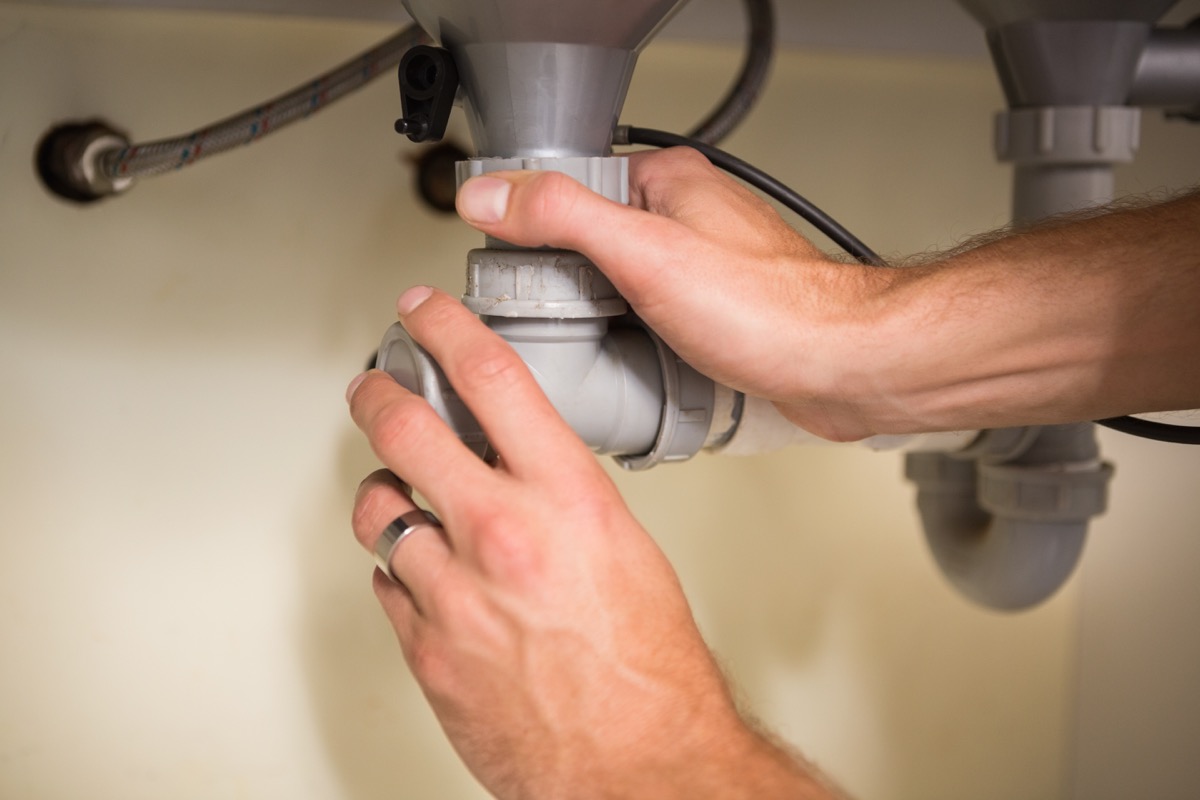
If you are thinking of removing that inconvenient square-topped pipe under your sink, you'll want to check in with your plumber before doing anything else.
Called a sewer cleanout, the piece of piping "lets the plumber have access to clean out your drains if they get clogged," says Taylor.
6
Overlapping roof seams

While they sort of look like a result of a shoddy roofing job, these overlapping seams actually serve an important safety function.
"They function as a place for water to escape" and shouldn't be modified or filled in, says R.J. D'Angelo, a licensed public insurance adjuster and project manager at JWE Remodeling & Roofing LLC.
7
Exterior siding holes
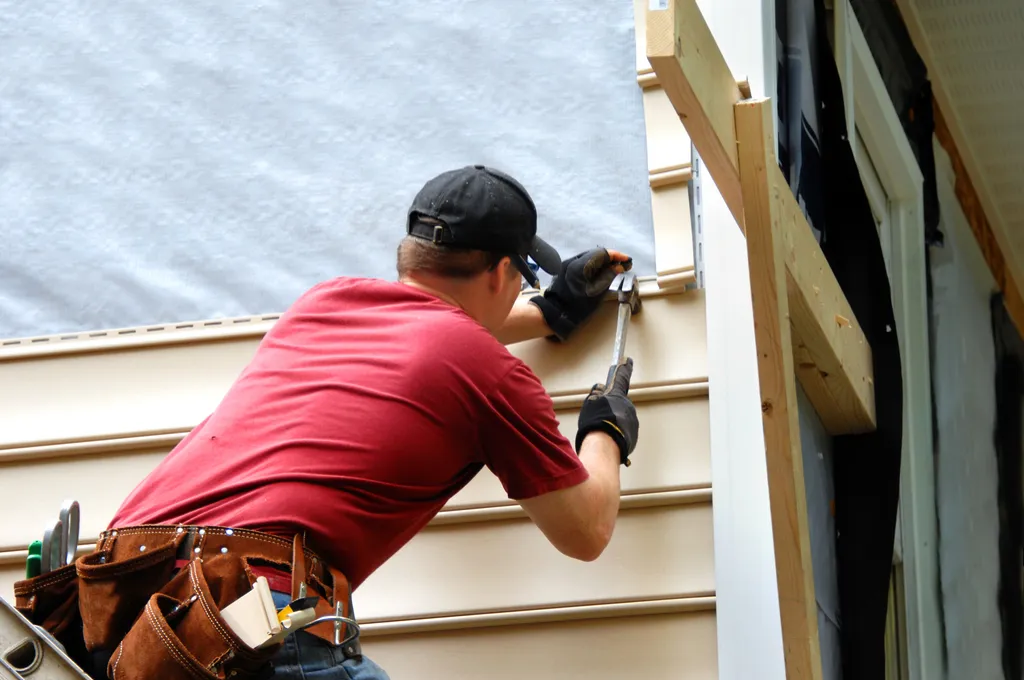
Don't call in an exterminator or contractor just because you've found a few tiny holes in your siding.
"The weep-holes in vinyl siding need to be left open and free to allow water to escape, lest it build up and make its way inside the home," says D'Angelo.
8
Trim gaps in vinyl windows
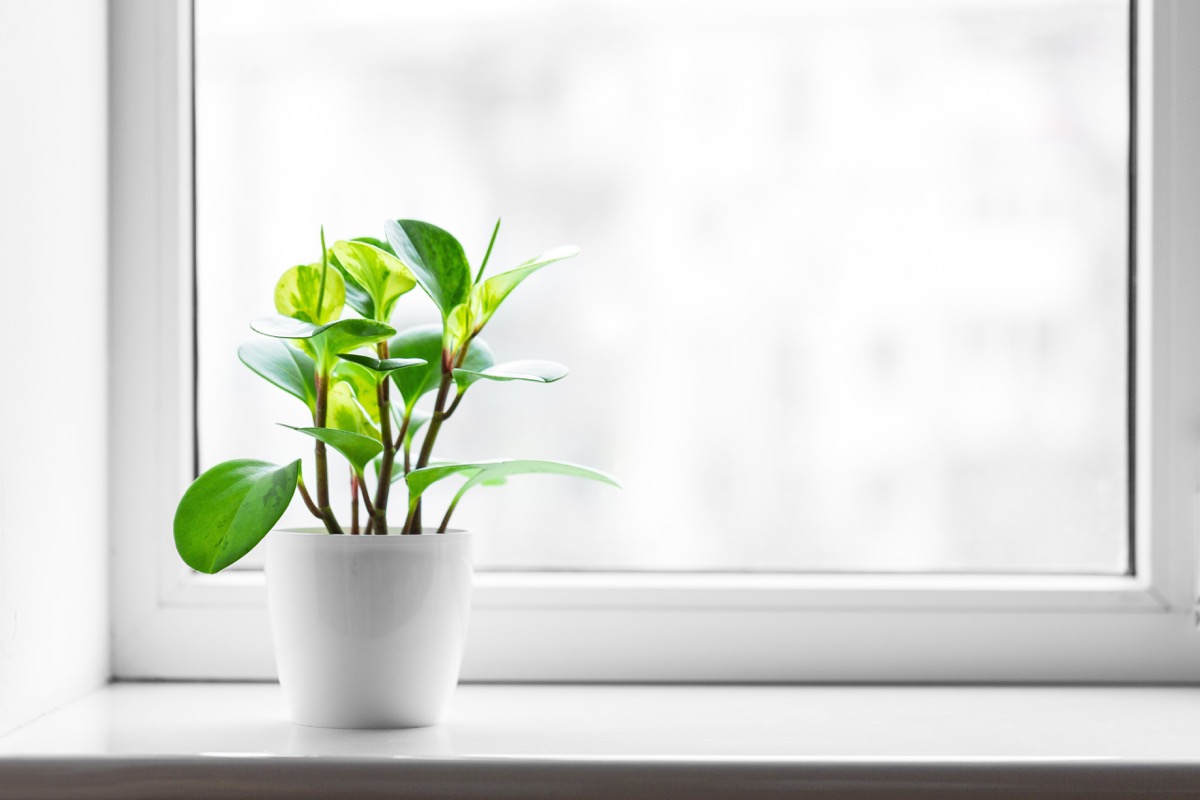
"The bottom corners of a window where two pieces of vinyl trim meet should never be installed or caulked in a way that water cannot escape," says D'Angelo. Without these gaps, water could enter your home, potentially causing mold and rot.
9
Chimney caps
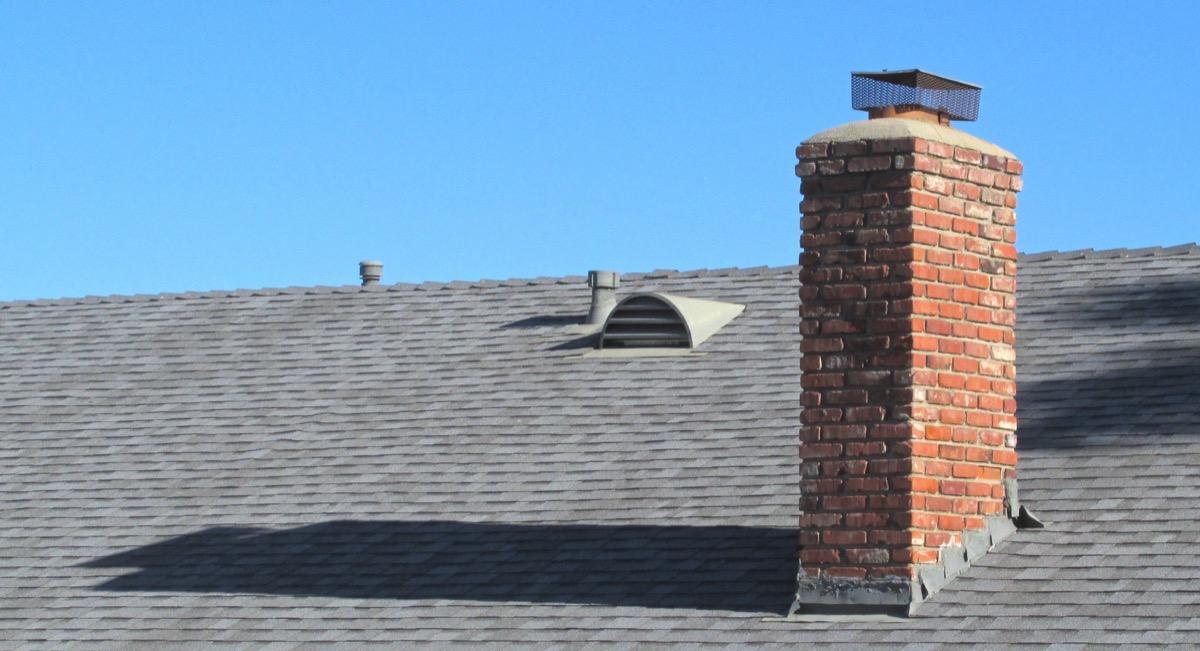
Their purpose seems obvious—to keep out debris—but chimney caps serve another important role when it comes to keeping your house safe.
"Chimney caps help protect against rowdy embers by preventing them from escaping," says Mark Soto of San Ant Roofing. When these embers leave through the chimney they can cause damage to your roof and even start chimney fires."
10
Dormer windows
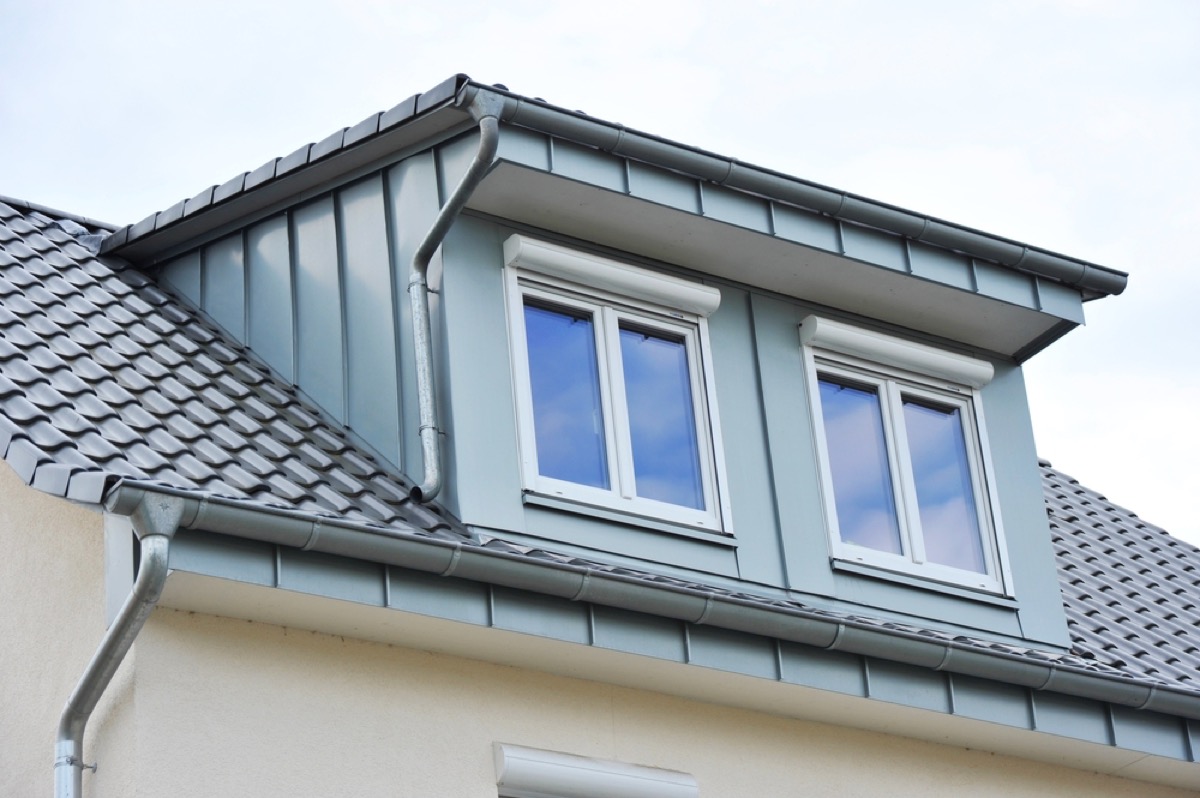
Though dormer windows are often used to add light to a room, there's more to these architectural features than meets the eye. Dormers are also a relatively simple way to expand the square footage and ceiling height of a slanted roof, turning an attic—or the top floor of a Cape Cod—into a more functional space.
11
Picture rails

Wondering what that molding that sits on your wall at about eye level is there for?
"Picture rails were originally used as a bar to display frames from," says Jeneva Aaron, founder of The House Wire. She also notes that they're great for making a low ceiling appear higher than it is. Better yet, that picture rail reduces the risk of multiple nails cracking the plaster, a material already notorious for its difficulty to hang things on.
12
Wainscoting
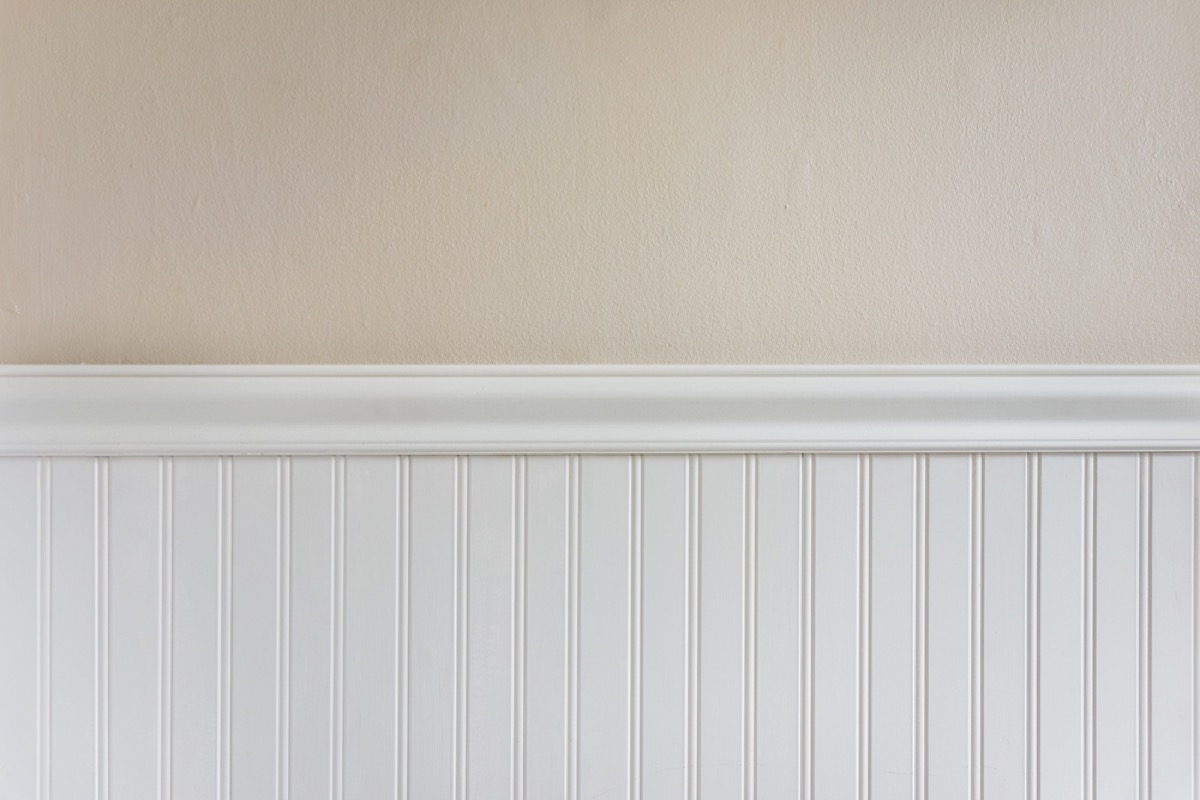
Wainscoting may provide a charming aesthetic, but its purpose extends well beyond that.
"These days, it's mostly a decorative thing, although it was initially designed to add more insulation," Aaron says. Surprisingly enough, insulation wasn't a code-mandated requirement in many parts of the U.S. until the mid-1960s.
13
Toe kicks
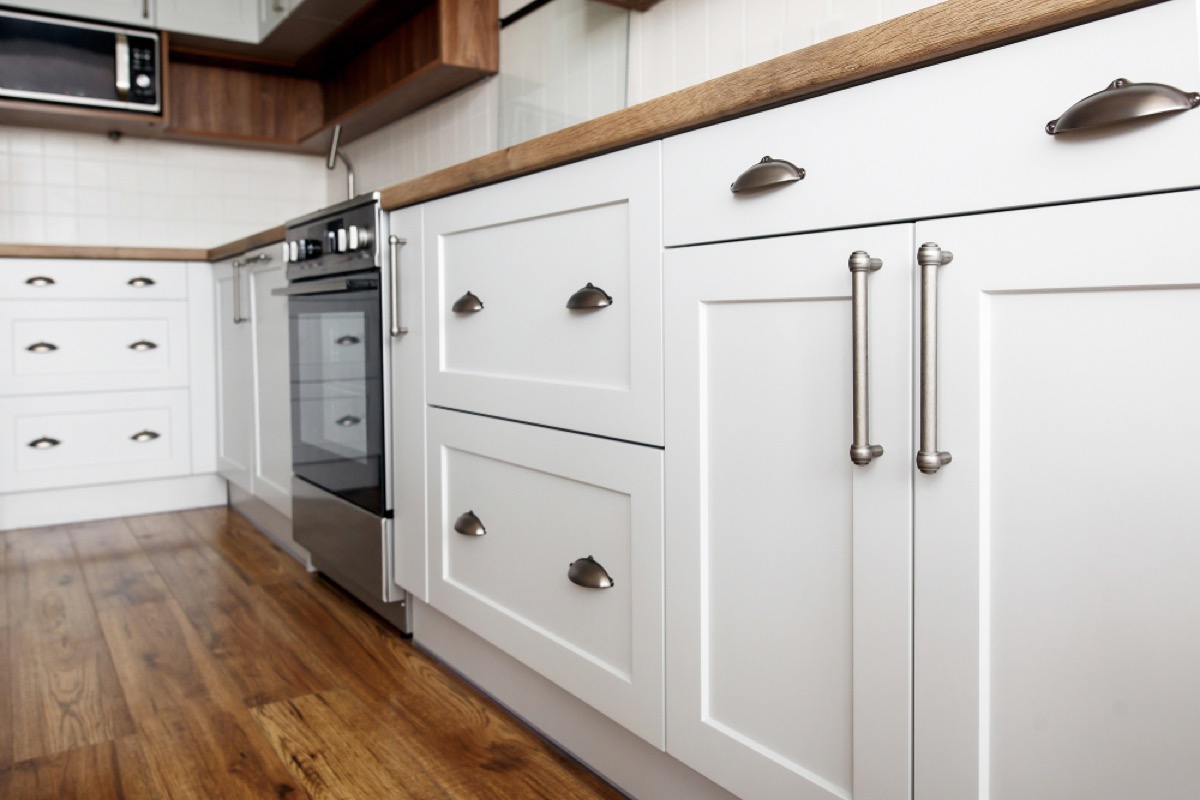
That indented wood strip between the bottom of your cabinets and the floor is called a "toe kick" and it isn't just there to make your cabinets the right height to comfortably work on. According to Jason Pickens, the host of HGTV's The Work Around, toe kicks make it possible to open cabinet doors without hitting your feet, as well as allow you to stand closer to the counter.
14
Eaves
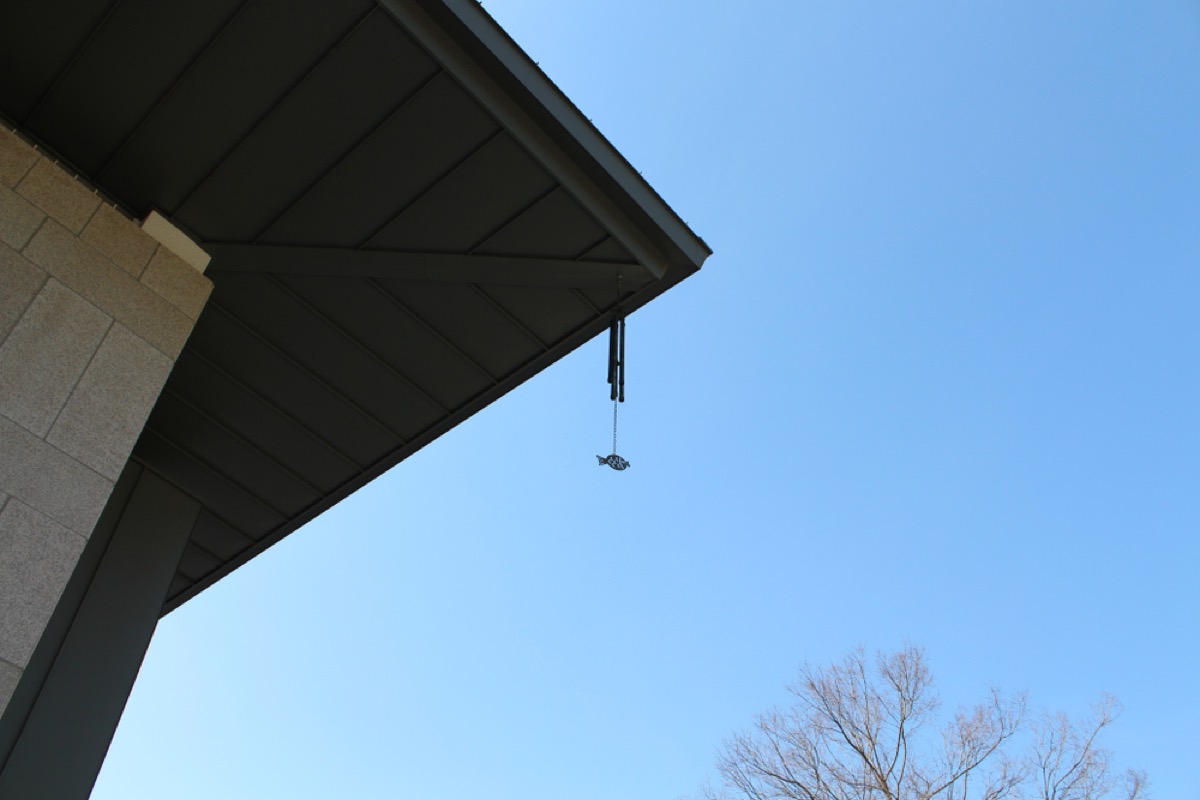
The eaves on your home do more than add curb appeal. "They're actually to keep water and sun from causing damage to the siding of your home," Taylor says.
15
Window awnings
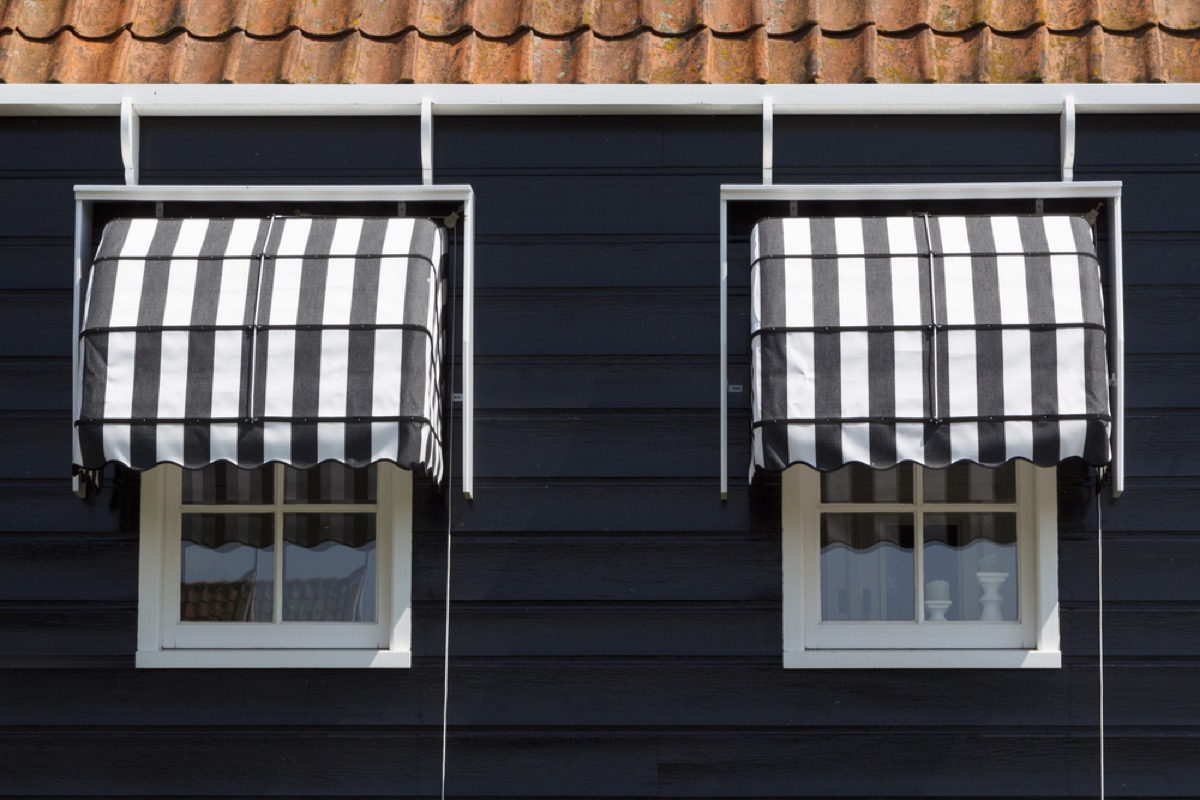
Those retractable awnings over your windows do a great job keeping your home cool by providing some extra shade. However, you might not have realized that they also keep light from flooding into your home and fading your upholstery.
16
Bathtub faceplate
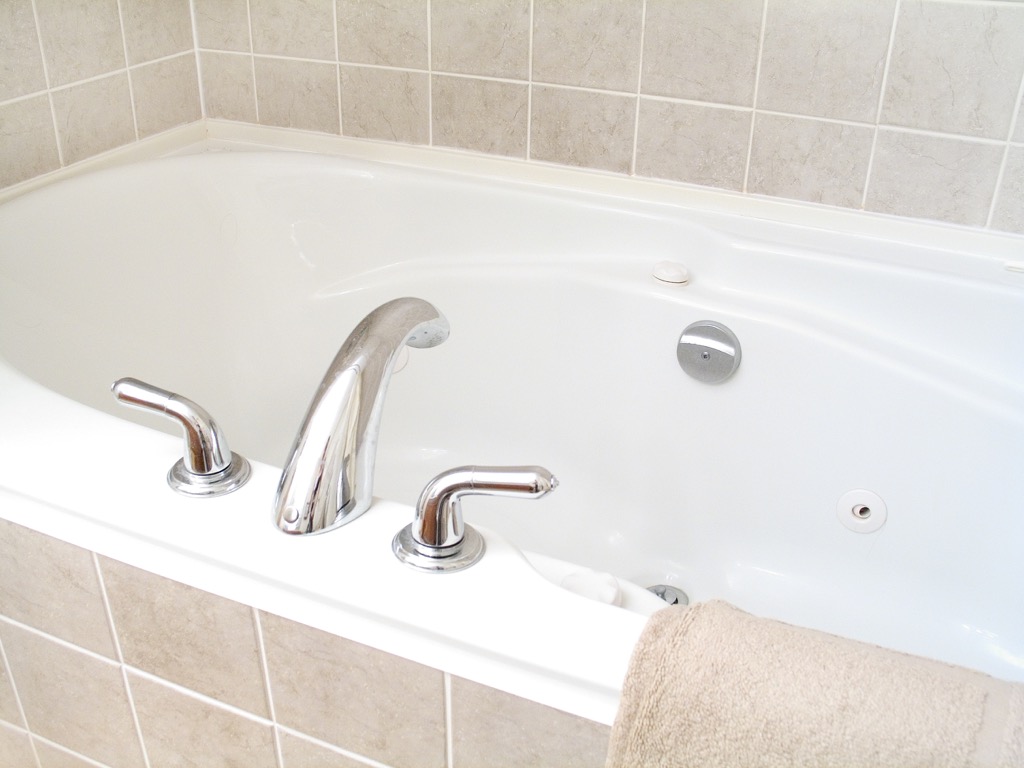
Does this bathroom feature keep your drain lever in place? Sure it does. But that's not its only function, says Taylor. "That shiny, round plate in your bathtub between the faucet and the drain hides an ugly overflow drain pipe connection," which helps drain water from your tub and prevent flooding.
17
Range hood

As it turns out, installing a range hood above your stove might just be the best way to make your kitchen—and you're home in general—a much safer place.
According to a 2012 study conducted by researchers at the Lawrence Berkeley National Laboratory, range hoods effectively reduce concentrations of everything from carbon monoxide and formaldehyde to cooking-related particulate matter—which can be flammable in certain situations.
18
Oven knob screws
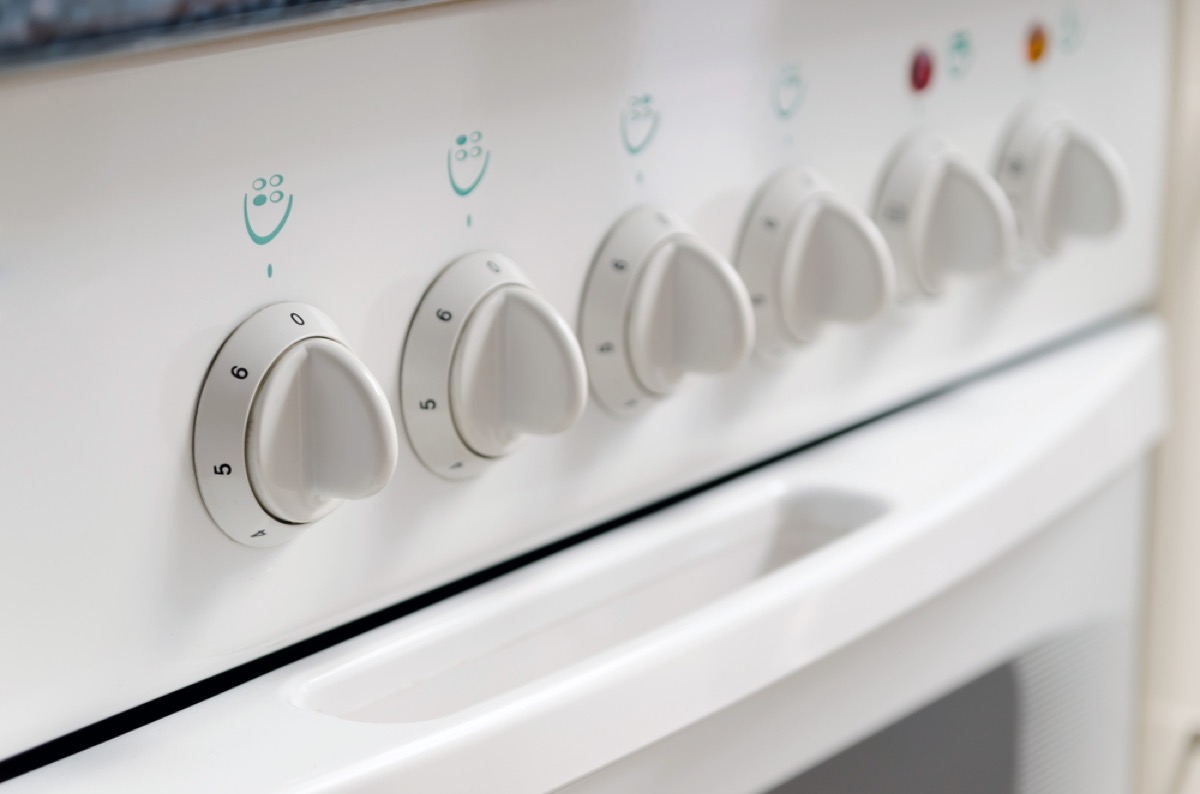
You've probably never even noticed those screws in the back of your oven knobs, let alone pondered what, if any, function they serve. Well, now you know that once they've been loosened, you can calibrate the knob with a thermometer to get a more accurate temperature reading. And for more secret uses for common items, check out these 33 Everyday Things You Won't Believe Have a Real Purpose.
19
Oven drawer
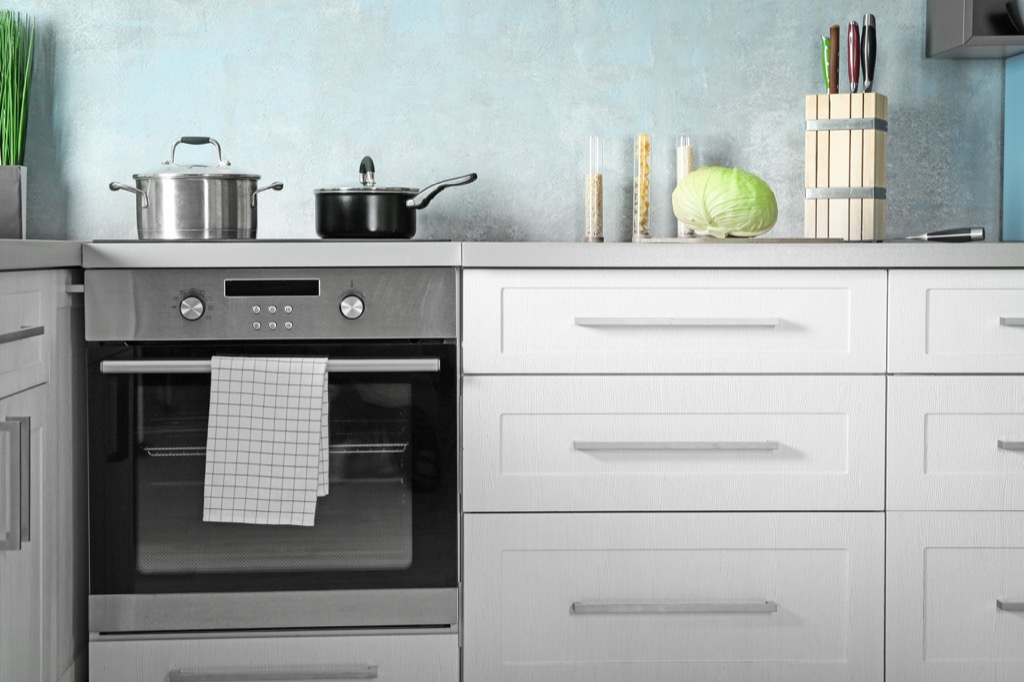
It may be great for storing baking plans and stray pot lids, but you could be doing so much more with that drawer under your oven. That space, depending on whether it's a warming drawer or broiler, can help you keep a dish hot while you wait for the rest of your food to cook. Or, it can help melt, brown, or caramelize your dish.
20
Baseboards
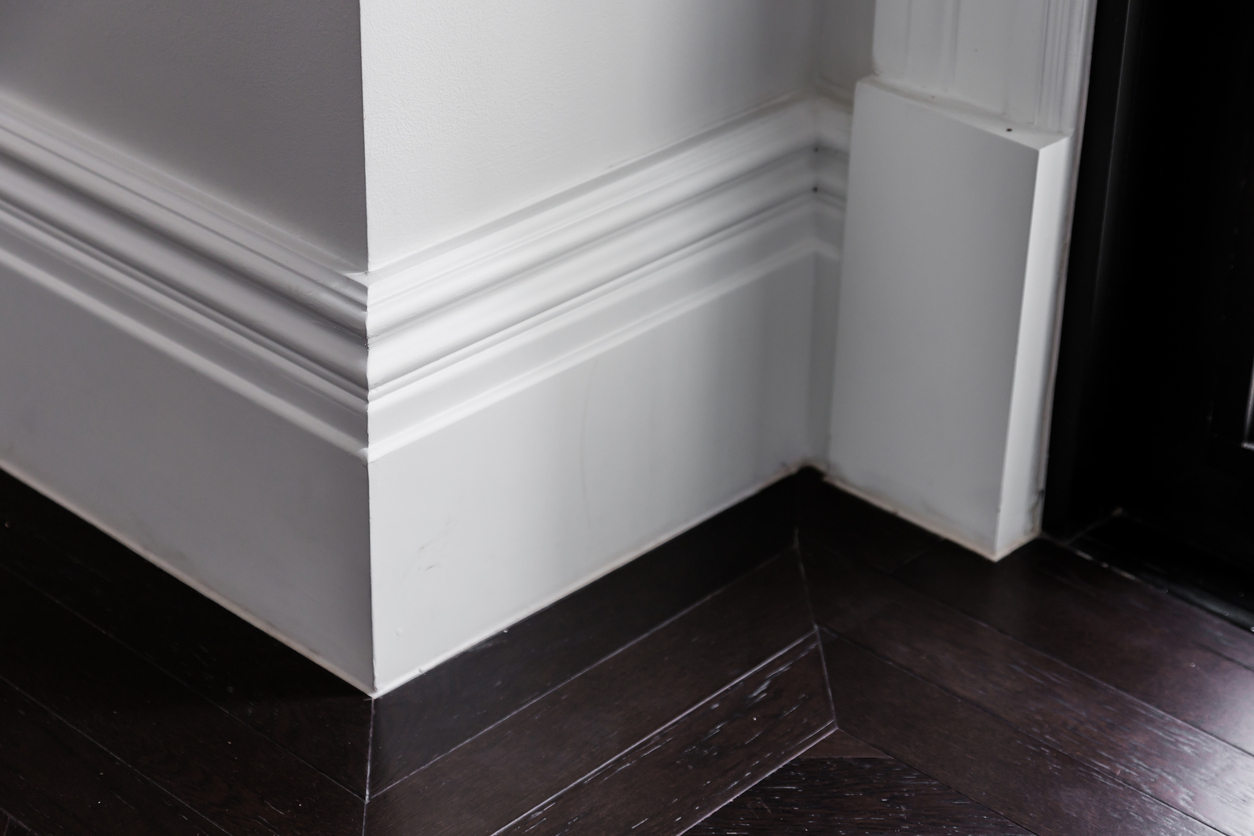
Charm isn't the only thing those baseboards are adding to your home. "Trim hides ugly transitions between construction materials, whether it be around doors, floors or windows," says Taylor.
21
Copper gutters
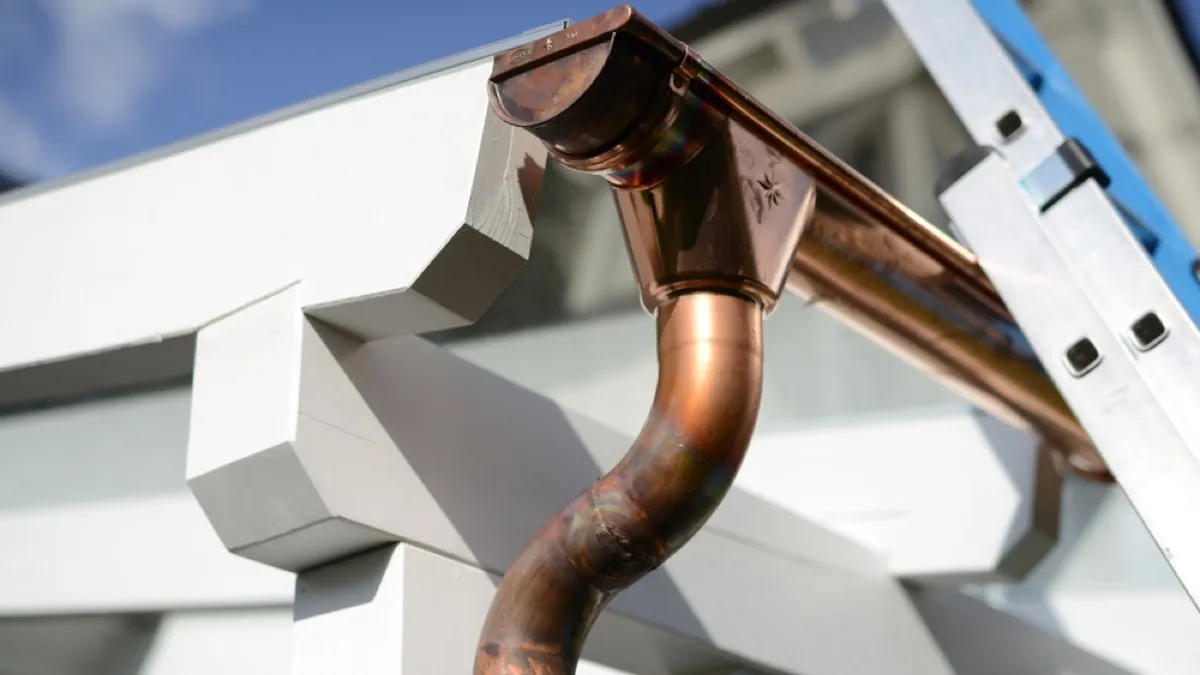
While all gutters will keep rain away from your home's foundation, copper ones have an interesting function that even people who own homes that have them may not know about.
"Because copper has natural antibacterial properties, it helps limit mold and mildew growth, which lengthens the amount of time between gutter cleaning," D'Angelo says.
22
Porch lattice
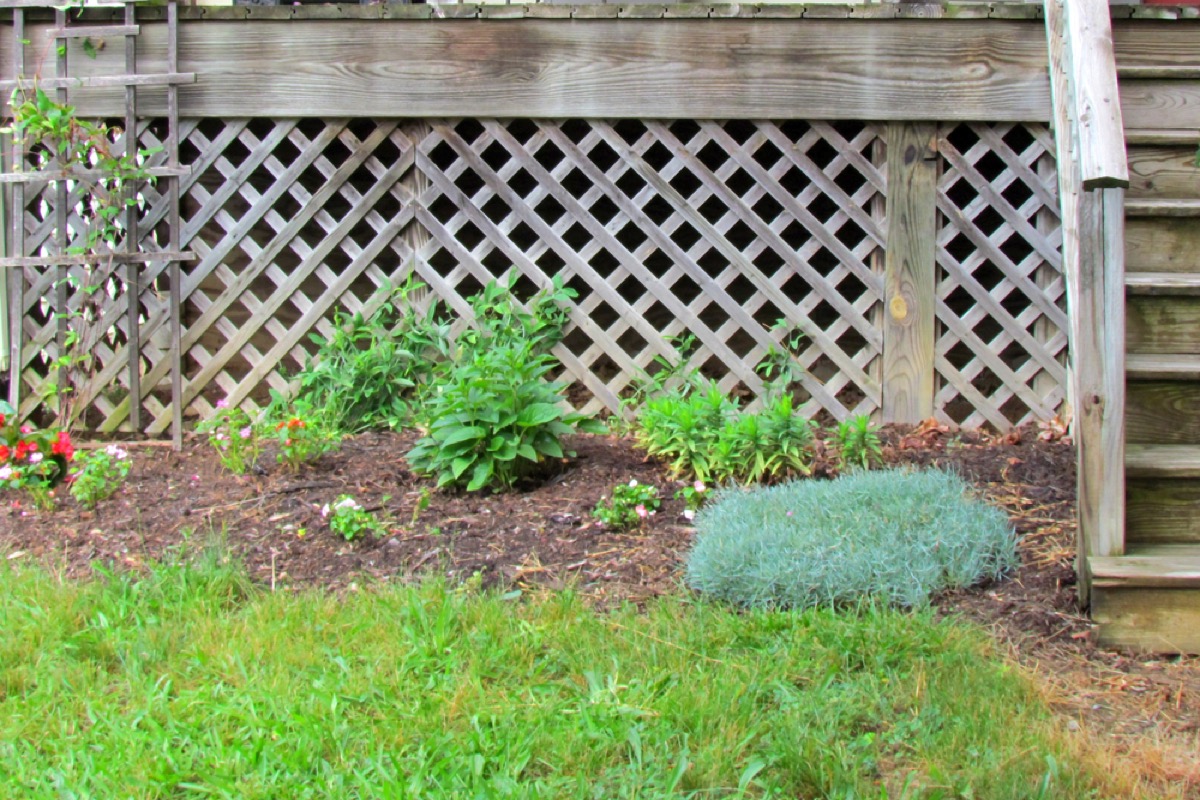
While it can keep larger pieces of debris, like leaves, from getting trapped under your porch, porch lattice's open-weave design also allows for moisture to escape, reducing the risk of rot setting in.
23
Parapets
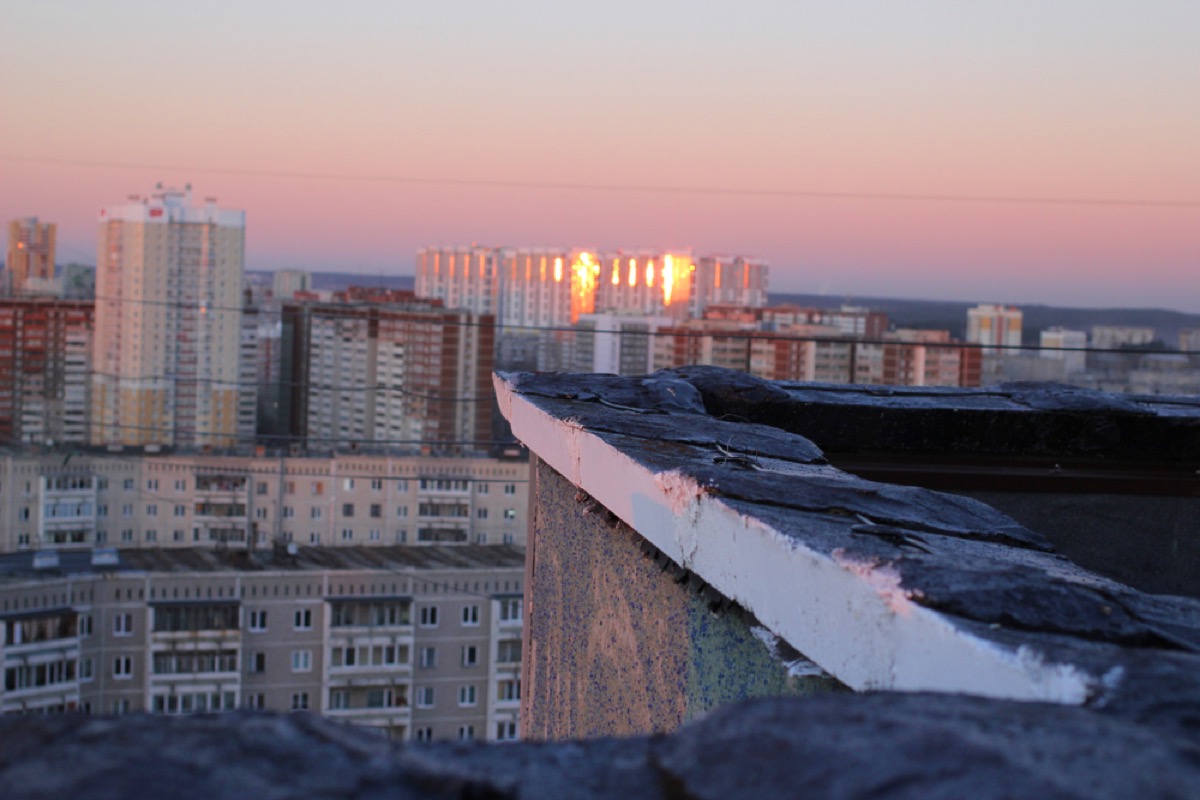
Parapets—protective wall at the edge of a roof—at the top of your house does more than just keep you from an accident should you get too close to the edge. They also help prevent the spread of fire, reducing the risk of property damage and personal injury, according to a 1964 study from the University of Toronto Department of Engineering.
24
Ceiling medallions
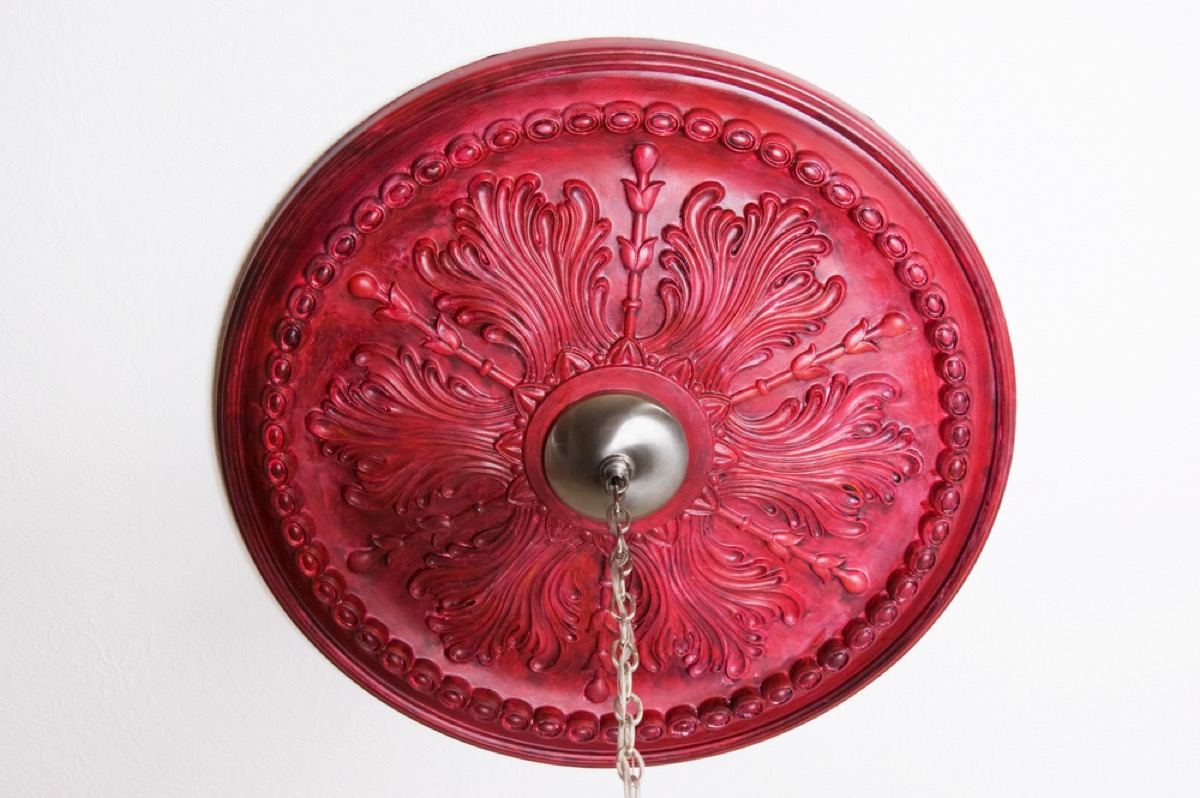
As practical as they are charming, ceiling medallions are frequently used to hide unsightly electrical components—in some cases, they may be used for a similar reason on the areas where chandeliers or ceiling use to be.
25
Crawl spaces
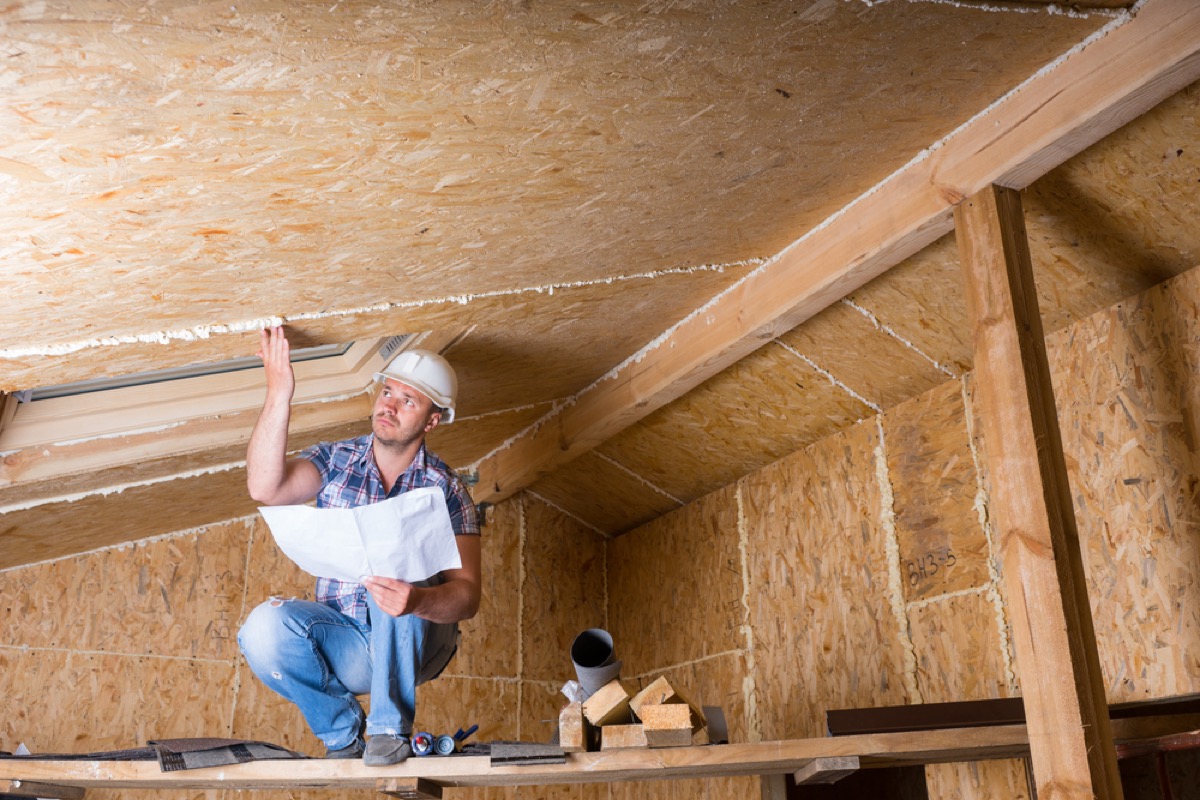
That space in your attic may seem like the perfect place to store the junk that would otherwise add clutter your home—but you may want to think twice before using it as such. Crawl spaces are really designed to promote air circulation and reduce humidity throughout your home, according to the specialists at Your Crawlspace.

